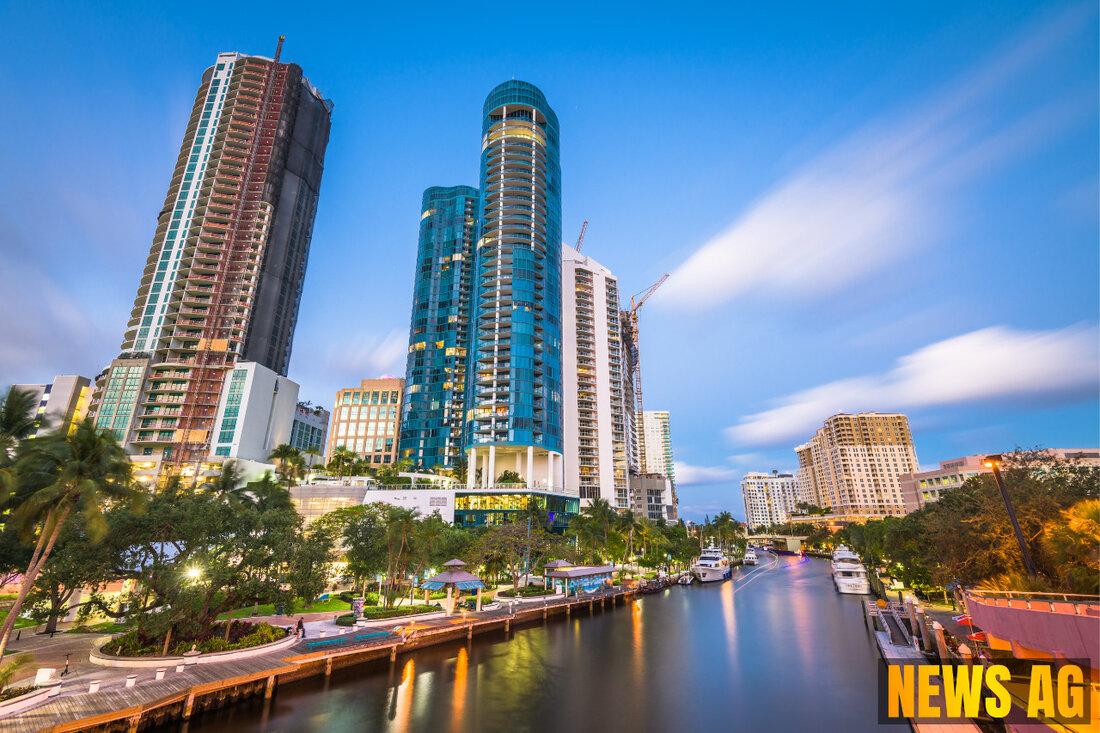Atlantic City Faces Drowning: Over 20% Could Be Underwater by 2030!

Atlantic City, New Jersey, USA - Summer days are heating up at the Jersey Shore, but there’s more than just sunshine drawing attention to Atlantic City. Located in New Jersey, this renowned resort destination is facing a daunting challenge: rising sea levels and land subsidence threaten to put parts of the city underwater within the next five years. A recent report revealed that over 20% of Atlantic City could be regularly submerged by 2030, raising concerns about not just the famed boardwalk but also the casinos that draw crowds from far and wide. As beachgoers enjoyed the hot days in South Seaside Park, the reality of climate-related risks loomed large, making one ponder, what is happening to our coastal cities? APP.com reports that parts of Atlantic City are already experiencing flooding during high tides, a troubling sign of what may come.
The recent analysis highlights Atlantic City as number 13 on a list of 15 U.S. cities at imminent risk due to factors like land subsidence and rising sea levels. This is a call to action, as researchers now emphasize the need for flood barriers to shield the city from potential submergence. In light of these findings, one can’t help but wonder if we’re prepared to protect our coastal gems, including the vibrant nightlife and entertainment that make Atlantic City a beloved getaway.
A Broader Perspective
But Atlantic City isn’t alone in this struggle. The issue of coastal cities sinking is a widespread dilemma affecting numerous places across the nation. According to further insights from Virginia Tech, researchers have been utilizing advanced space-based radar satellites to produce detailed maps showcasing significant subsidence. In their study of 32 coastal cities, they discovered that many are sinking, with 24 of them subsiding at rates exceeding 2 millimeters per year. This alarming trend showcases just how vulnerable our coastal areas have become. This is not just a matter of geography; it’s a socio-economic issue as well.
Although city planners might hope to rely on infrastructure, only a handful of Atlantic coast cities possess adequate flood control measures. Virginia Tech reveals that many cities are severely under-prepared, with just three out of eleven studied possessing floodwalls or levees protecting even a fraction of their land. This lack of protection puts communities, particularly those inhabited by economically disadvantaged populations, at a heightened risk of flooding events. What do we do when the homes we cherish are at such a risk?
Echoes of Inequity
Climate change doesn’t affect us all equally. Studies show that the impact of flooding disproportionately affects racial minorities and economically disadvantaged communities. Take New Orleans, for example; vast segments of its population face severe flooding risk, often in areas of already lower property values. The disparities within our systems are glaring, reflecting a societal issue that demands urgent attention. With respect to land subsidence, it appears inequality runs deeper than just economic measures; there’s a concerning connection to race as well.
Persistently rising sea levels, combined with subsidence primarily driven by groundwater extraction and other factors, pose an increasingly critical threat to not only Atlantic City but to cities across America. A publication in Nature adds to this discourse by providing comprehensive data about vertical land motion along our coasts, shedding light on spatial variability in these subsidence rates. The interactive layers of flooding risks and socio-economic contexts highlight an urgent need for policy intervention as we face the prospect of coastal cities becoming increasingly inhospitable due to water, both from above and below. Nature emphasizes that addressing these challenges may not just ensure the safety of our coastal towns but also pave the way for equitable recovery strategies in the face of climate adversities.
As our beloved coastal cities grapple with these challenges, we must engage in conversations about preventive measures and protections. Atlantic City’s future, along with other at-risk areas, hinges on our collective response to these mounting pressures. What’s the next step? It’s time to act, to re-evaluate our priorities, and to chart a path that not only protects our homes but also uplifts our communities.
| Details | |
|---|---|
| Ort | Atlantic City, New Jersey, USA |
| Quellen | |
